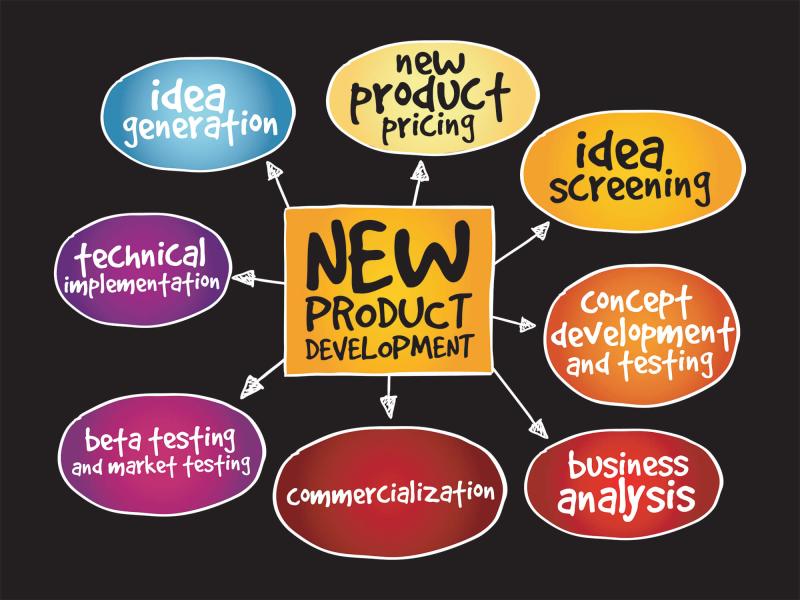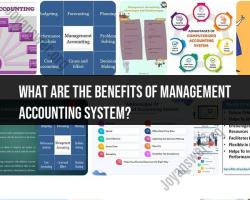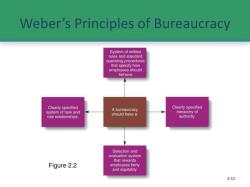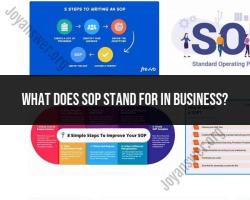What are the stages of product development process?
The product development process typically involves a series of stages that guide the creation and launch of a new product. While specific methodologies and the number of stages may vary depending on the industry and company, a general breakdown often includes the following:
Idea Generation:
- This is the initial stage where ideas for new products are brainstormed. Ideas can come from various sources, including market research, customer feedback, employee suggestions, and emerging technologies.
Idea Screening:
- In this stage, the generated ideas are evaluated to determine their feasibility and alignment with the company's goals. Ideas that are not deemed viable or compatible may be eliminated.
Concept Development and Testing:
- Selected ideas are further developed into product concepts. These concepts are then presented to a target audience for feedback through surveys, focus groups, or prototype testing. This helps in refining the concept and ensuring it resonates with potential users.
Business Analysis:
- A detailed business analysis is conducted to assess the economic viability of the product. This involves estimating costs, potential revenue, market size, and profitability. The analysis helps in making informed decisions about moving forward with the development process.
Prototype Development:
- A prototype or a minimum viable product (MVP) is created to provide a tangible representation of the product. This allows for testing and validation of the product's design, functionality, and features.
Market Testing:
- The product is introduced to a limited market to assess its acceptance and gather real-world feedback. This stage helps in identifying any potential issues or areas for improvement before a full-scale launch.
Product Launch:
- After successful testing, the product is officially launched into the market. This involves implementing marketing strategies, distribution plans, and sales efforts to make the product available to a broader audience.
Commercialization:
- Full-scale production and distribution of the product begin, and marketing efforts are intensified to reach a larger customer base. Companies may also monitor the market for feedback and make adjustments as needed.
Post-Launch Evaluation:
- After the product has been on the market for some time, a post-launch evaluation is conducted. This involves assessing how well the product is performing, gathering customer feedback, and making any necessary updates or improvements.
Product Maintenance and Improvement:
- Ongoing support, maintenance, and continuous improvement of the product based on customer feedback and changing market conditions. This stage may involve releasing updates, patches, or new versions of the product.
It's important to note that these stages are not always linear, and iterations or adjustments may be made at various points in the process based on feedback and changing circumstances. Additionally, different industries and companies may adopt variations of this product development process to suit their specific needs and goals.
What are the key stages or phases typically involved in the product development process?
The product development process typically involves several key stages or phases, although the specific names and number of phases may vary depending on the industry, company, and product complexity. Here is a general overview of the common stages:
1. Idea Generation and Screening:
- Brainstorming: Identifying potential product ideas through brainstorming sessions, market research, and user feedback.
- Idea evaluation: Assessing the feasibility, potential market demand, and profitability of each idea.
- Concept selection: Choosing the most promising ideas for further development.
2. Product Definition:
- Market research: Conducting detailed research to understand the target market, competitor landscape, and customer needs.
- Product specification: Defining the product's features, functionality, benefits, and target audience.
- Prototype development: Creating low-fidelity or high-fidelity prototypes to test and refine the product concept.
3. Design and Development:
- Detailed design: Developing the final product design, including engineering specifications, technical drawings, and user interface design.
- Prototyping: Creating increasingly refined prototypes for testing and feedback.
- Development: Building the actual product, including manufacturing, sourcing materials, and assembling components.
4. Testing and Validation:
- Alpha testing: Internal testing by the development team to identify and fix bugs and usability issues.
- Beta testing: Testing the product with a small group of external users to gather feedback and refine the product further.
- Market testing: Testing the product in a limited market to assess customer acceptance and identify any potential issues.
5. Launch and Commercialization:
- Marketing and promotion: Developing and implementing a marketing plan to generate awareness, interest, and demand for the product.
- Distribution and sales: Establishing channels for distributing and selling the product to the target market.
- Customer service and support: Providing customer service and support to ensure customer satisfaction and product adoption.
6. Post-Launch Evaluation and Improvement:
- Monitoring sales and performance: Tracking key metrics like sales figures, customer feedback, and market share.
- Identifying areas for improvement: Analyzing data and feedback to identify opportunities for improving the product and its performance.
- Implementing improvements: Making changes to the product based on the identified areas for improvement.
It's important to note that the product development process is iterative and not always linear. Teams may need to revisit earlier stages based on feedback or new information. Additionally, the specific activities and level of detail involved in each stage can vary depending on the product and organization.












